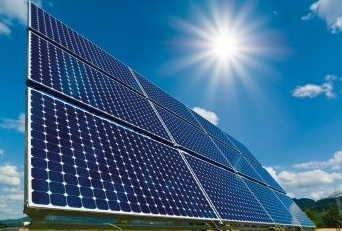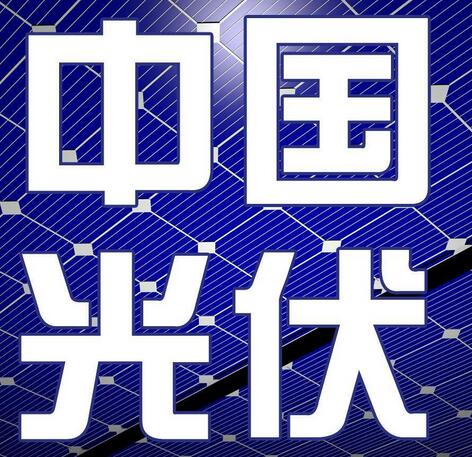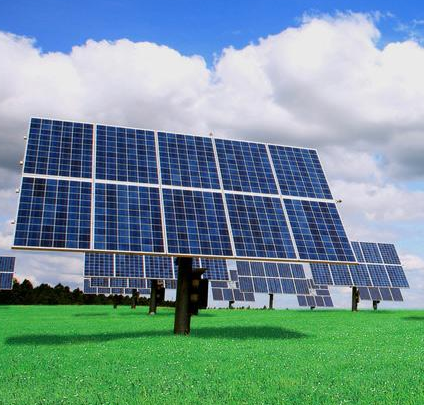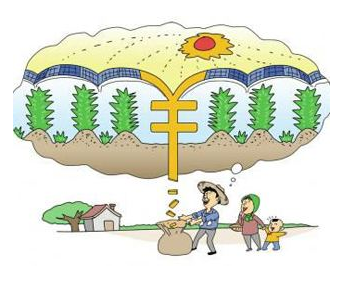Despite repeated struggles, the "531" New Deal is still hitting the PV industry. In the three months since the New Deal was released, the photovoltaic industry as a whole has fallen into a downturn. The slowdown in domestic demand has made overseas markets a life-saving straw for businesses, but the housing leaks have been in the rain, and India is looking for opportunities. It is preparing to “robber” China’s photovoltaic industry through a “double-reverse” stick, with a 25% tariff. Let many companies fall into despair. The data shows that in the past week, both single polycrystalline products have faced the dilemma of slowing demand, and some small manufacturers have suspended the offer of conventional single crystal batteries, and the situation is bleak.
In the near future, the desperate PV industry has suddenly ushered in two good news, or will have a "revived" effect on the PV market in the second half of this year.
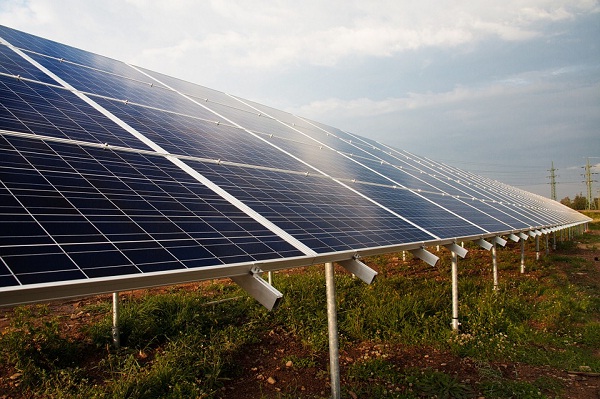
First, the parity Internet demonstration project is coming soon
The biggest impact of the “531” New Deal on the domestic PV market is to stop the issuance of indicators for PV projects. Without the issuance of indicators, the policy explicitly encourages the construction of projects that do not require subsidies. Projects built outside the indicator are not eligible for state subsidies, and in terms of the current level of photovoltaic power generation, projects that cannot enjoy state subsidies are difficult to make profit. No one is willing to do the sale of the loss, and the photovoltaic market, which has been busy for many years, has suddenly disappeared.
The release of the "531" New Deal also marked that China entered the "Peer-free Internet Pilot Period" ahead of the second half of this year. Under the new market requirements, the PV industry needs to carry out a substantial "reduction of costs and efficiency" to achieve The requirement for parity online. However, the industry is resentful that although the cost of photovoltaic systems, including components and accessories, has been drastically reduced, the overall electricity cost of photovoltaic power generation has always remained high. And the same product to take foreign development projects, not only can easily reach the standard of affordable Internet access, but also can achieve good returns.
In addition to better lighting resources in some countries, the main reason is the difference in non-technical costs. Many experts in the photovoltaic industry believe that if the domestic PV industry wants to achieve a cheaper Internet access, it must remove the five subsidies of “subsidy arrears”, “difficult grid access”, “funding difficulties”, “landless charges” and “disposal of electricity and electricity”. Mountain. This is almost the consensus of the entire photovoltaic industry.
Therefore, the realization of the goal of parity Internet access, the cost reduction and efficiency increase of enterprises is one aspect, and the decline of non-technical costs is also one aspect. However, the "531" policy only forced the enterprises to reduce costs and increase efficiency, but did not consider reducing non-technical costs, making the company a dilemma. At present, this situation may change due to the demonstration project on the Internet.
Recently, it has been reported that the National Energy Administration has recently convened a meeting of photovoltaic industry associations, enterprises and experts to listen to the opinions of all parties on the development of the photovoltaic industry, and formed a "Working Plan for the Construction of Photovoltaic Level Price Online Demonstration Projects" (hereinafter) The "Program" draft is to be formally released after further listening to the comments. At that time, the first batch of non-subsidized PV demonstration projects will be officially launched.
It is understood that the "Program" is being revised before it is officially released. According to the preliminary assumptions, the demonstration project of parity online will be declared as early as October, and the successful project is expected to start around March next year and be connected to the grid before September 30 or December 30 of that year. In the process, the local development and reform commission will coordinate the reduction of related non-technical costs and promise to ensure the consumption of electricity.

This is a major benefit in the industry after the release of the “531” New Deal, and the development of unsubsidized projects was originally consistent with the central idea of the “531” New Deal. The most anticipated is that during the development of these demonstration projects, relevant departments will coordinate to reduce non-technical costs. Still, there is no one who is willing to do business at a loss. Unsubsidized projects are difficult to make profit, but if non-technical costs are significantly reduced, it will greatly stimulate the enthusiasm of the company.
The demonstration project is of great significance to the photovoltaic industry, which shows that the government is trying to find a way to make the photovoltaic industry go online at a fair price. On the one hand, through subsidies, companies are forced to strengthen cost control, and on the other hand, they can maintain a certain rate of return by reducing non-technical costs. If the demonstration project is successful, its experience can be extended to the whole country, so that China's photovoltaic industry can quickly enter the era of photovoltaic parity online.
















 RCCN WeChat QrCode
RCCN WeChat QrCode Mobile WebSite
Mobile WebSite


